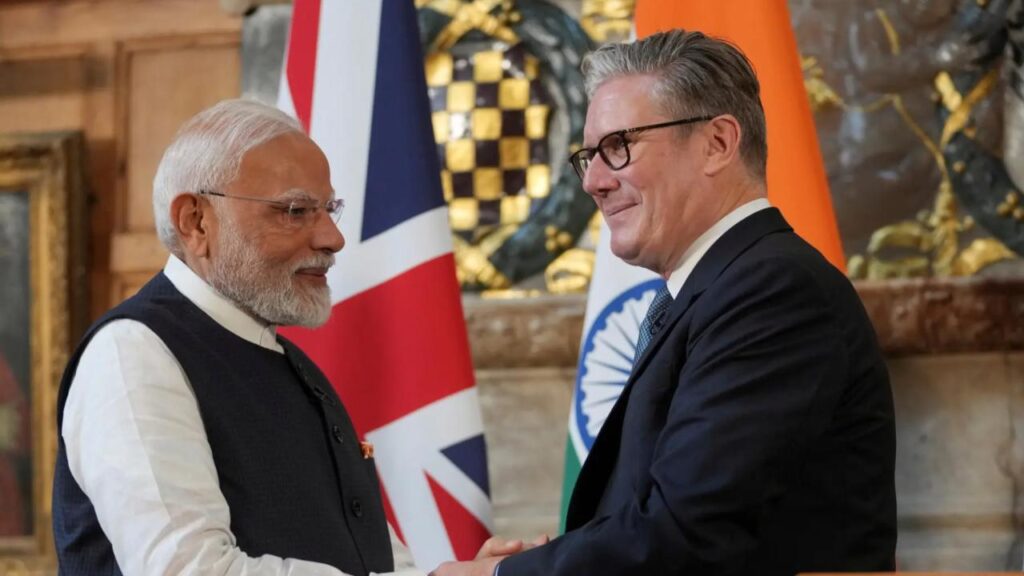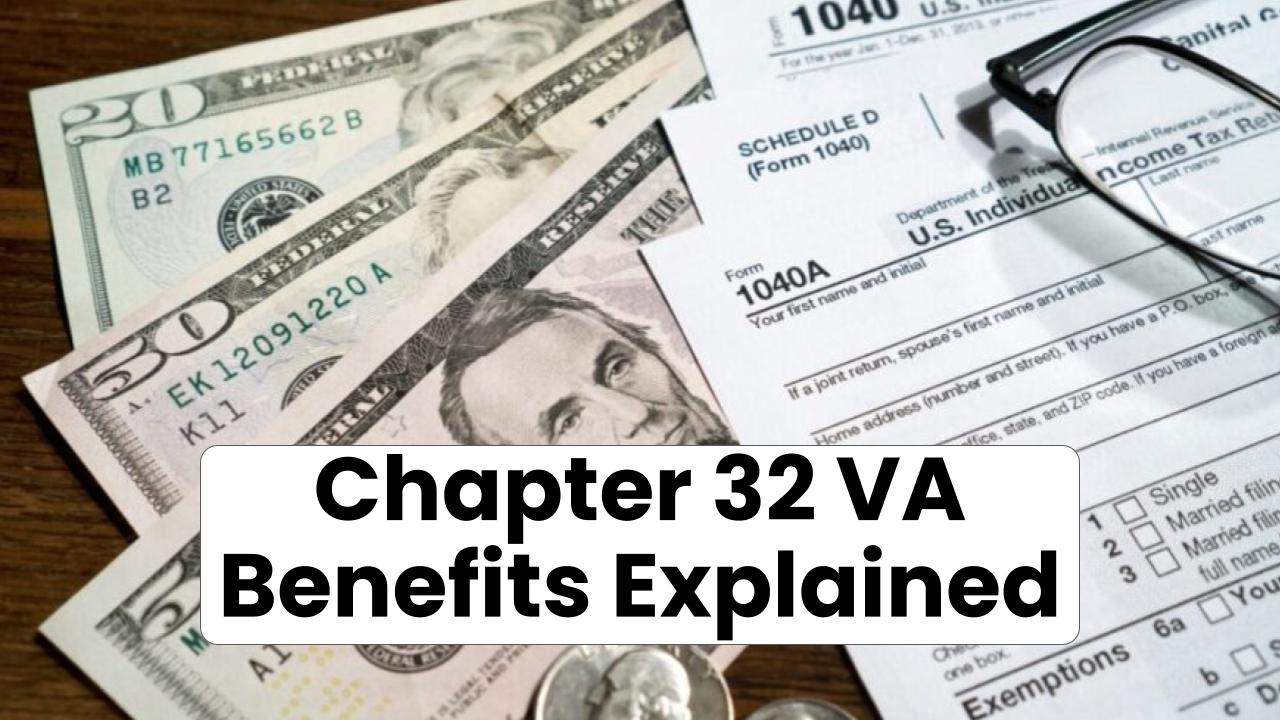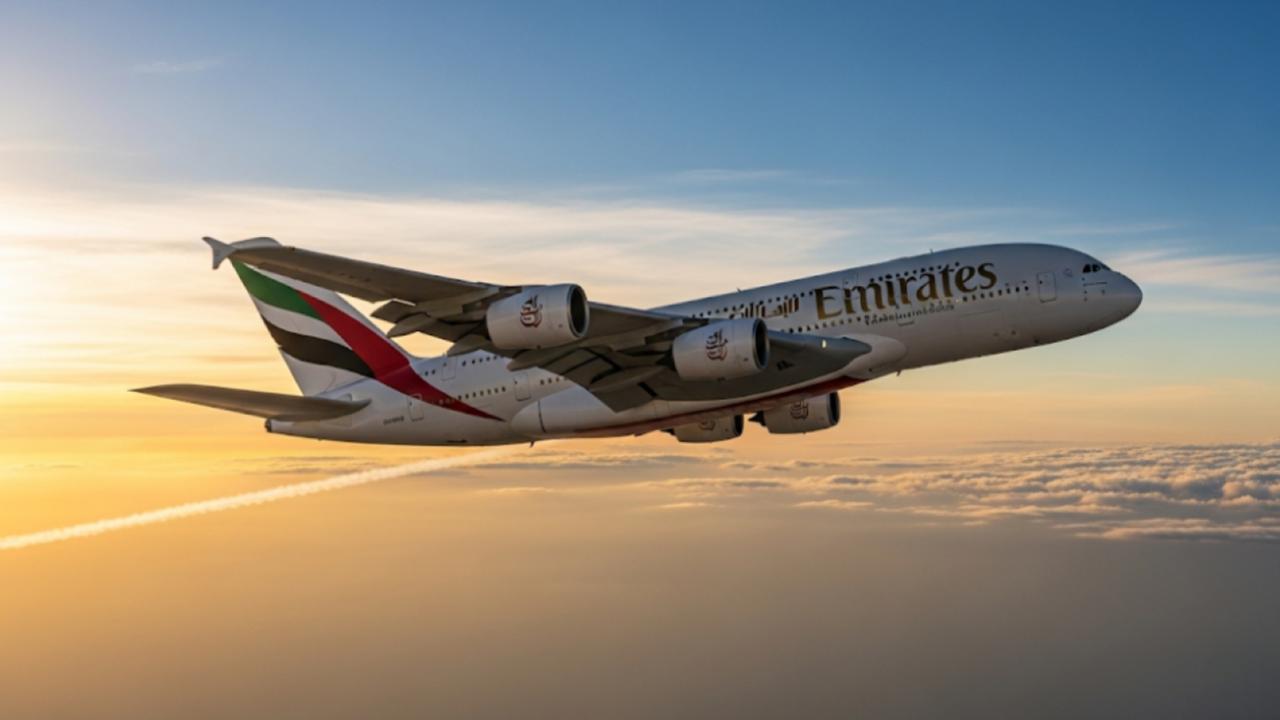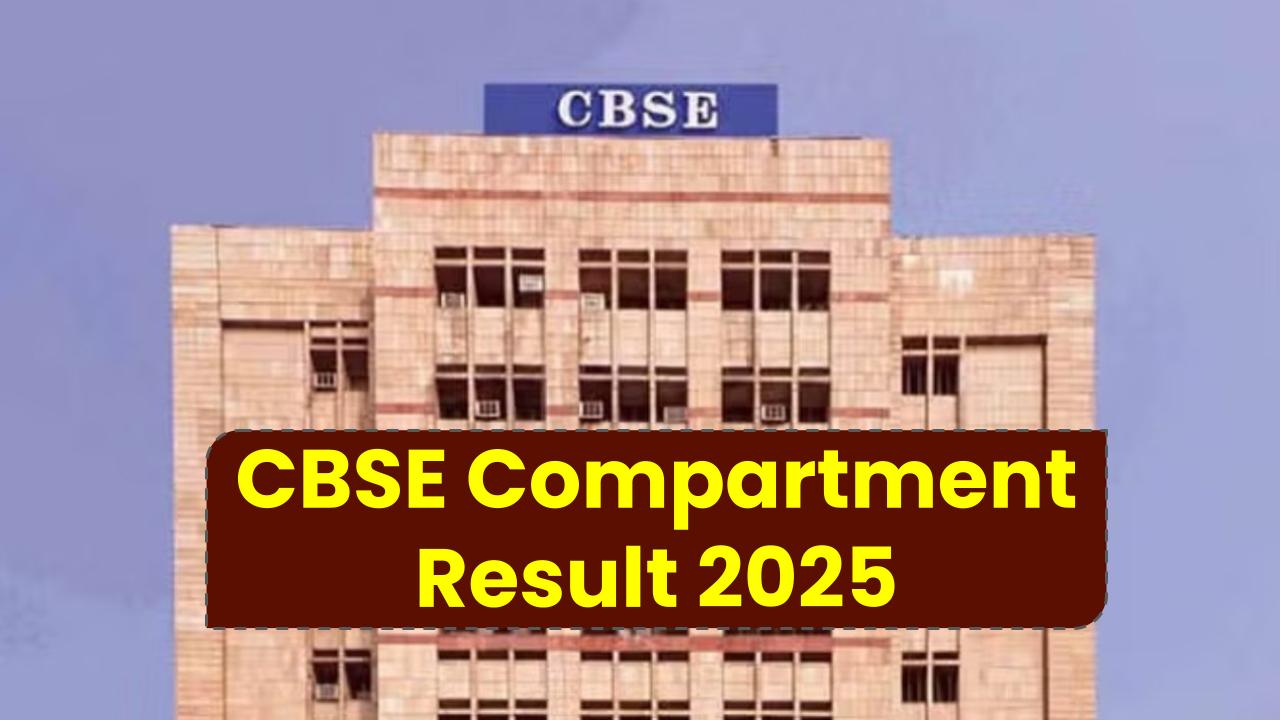The long-awaited India-UK Free Trade Agreement (FTA) is finally on track to become reality. After years of negotiation, promises, and political will, the deal has officially been signed, and Union Commerce Minister Piyush Goyal recently revealed when the FTA is expected to be implemented.

If you’ve been wondering when this trade deal will kick in and what it actually means for businesses and professionals across both countries, you’re in the right place. We’ll break it all down in plain English, using real-world examples and a sprinkle of friendly American-style insight to make it all easy to digest.
India-UK Free Trade Deal
| Topic | Details |
|---|---|
| FTA Signing Date | July 24, 2025 |
| Expected Implementation | Mid-2026 |
| Ministerial Confirmation | Piyush Goyal (India) & Kemi Badenoch (UK) |
| Zero-Duty Access | 99% of Indian exports to UK will receive zero-duty access |
| Targeted Bilateral Trade | $120 Billion by 2030 |
| Key Sectors Benefiting | Textiles, Pharma, Agriculture, Services, Startups |
| Official UK Gov Link | gov.uk/uk-india-trade |
The India-UK Free Trade Agreement is more than just ink on paper. It represents a powerful, modern partnership between two global economies. If you’re a business owner, investor, or just someone keen on global trends, now’s the time to prepare and take advantage of this transformative deal.
From textile exports in Ludhiana to tech startups in Austin, the benefits of this FTA will ripple across industries, borders, and communities. Stay informed, stay ready, and don’t miss out.
What Is the India-UK Free Trade Agreement (FTA)?
An FTA is a pact between two countries that aims to reduce or eliminate trade barriers like tariffs, import quotas, and regulations. Think of it as a VIP pass for goods and services to move between the two nations with fewer restrictions.
In the case of the India-UK FTA, both sides are removing nearly all tariffs and easing rules around services, investments, and mobility. The deal was signed after 14 formal rounds of negotiation that started back in 2022.
Why Is This a Big Deal?
For real, this isn’t just some boring trade policy buried in government paperwork. It’s a game-changer. Let me break it down:
- Indian businesses get access to a high-income market with fewer costs.
- British companies gain entry to one of the fastest-growing economies in the world.
- Jobs are expected to increase in areas like tech, green energy, and education.
- Consumers in both countries benefit from more choices and better prices.
As Minister Goyal put it, “This is not just a trade deal. It’s a partnership for the future.”
Timeline: When Will the FTA Be Implemented?
Minister Piyush Goyal confirmed that the agreement, although signed on July 24, 2025, will only take effect after all legal and parliamentary ratifications are completed. “We expect full implementation by mid-2026,” Goyal stated during a press briefing in New Delhi.
Here’s the step-by-step:
1. Ratification in UK Parliament
The UK needs to table the agreement in Parliament for scrutiny. That usually takes 3-6 months.
2. Indian Cabinet Approval
India will also run the deal past its Union Cabinet and legal advisors.
3. Administrative Setup
This includes finalizing customs codes, tariff schedules, and business registries.
Who Benefits the Most?
Indian Exporters
Get ready to cheer if you’re in:
- Textiles and Apparel: Zero-duty access to the UK
- Pharma: Easier regulatory approvals
- Agricultural Produce: Expanded quotas for mangoes, rice, and spices
UK Investors
The UK is betting big on:
- Financial Services: Easier movement of professionals
- Education: Collaboration with Indian universities
- Green Tech & AI Startups: Access to Indian talent and manufacturing hubs
Practical Tips for Businesses
Whether you’re a small business owner in Houston or a textile exporter from Gujarat, here are a few ways to get ahead:
1. Register Early
Businesses need to register with customs and qualify for origin certification. Keep an eye on updates from India’s Directorate General of Foreign Trade (DGFT).
2. Seek Professional Advice
Trade consultants and legal experts can help decode the fine print. Better safe than sorry.
3. Watch for Sector-Specific Rules
While 99% of tariffs are going to zero, some sectors (like dairy and spirits) may have quotas or phased reductions.
FAQs
Q1: Is the FTA finalized?
Yes. It was signed on July 24, 2025, but implementation is expected by mid-2026.
Q2: Will there be any changes in visa rules?
Yes. There are provisions for easier mobility of skilled professionals and students.
Q3: How do I export under this agreement?
You must register with customs and fulfill rules-of-origin criteria. Updates will be shared on dgft.gov.in.
Q4: Will consumers benefit from this?
Absolutely. Expect lower prices on a wide range of imported goods and more brand options.
Q5: What if I’m a startup?
Great news. Startups will get support for international collaboration, funding, and R&D under the FTA.








